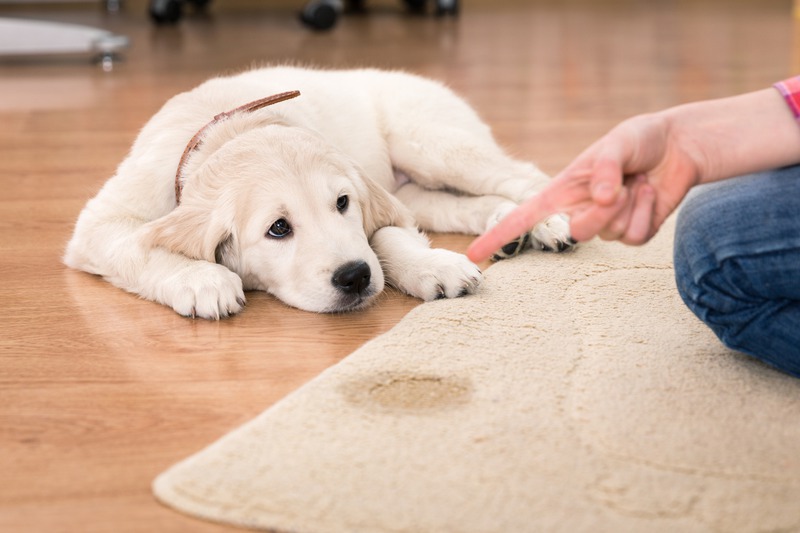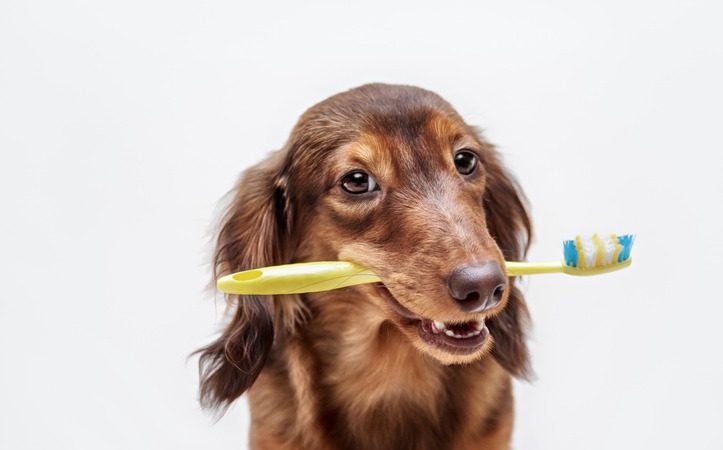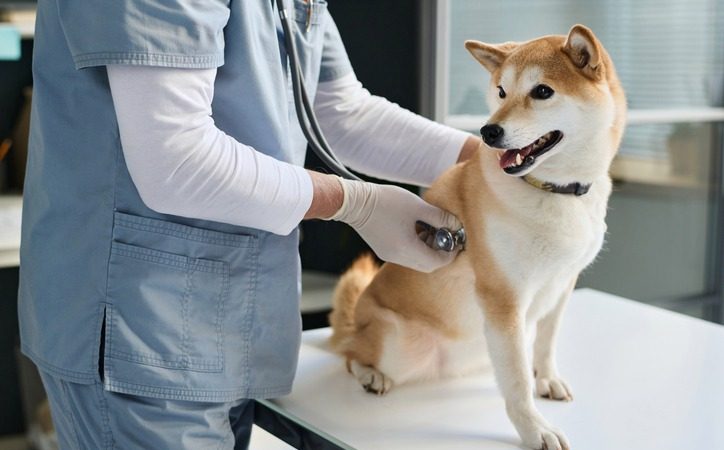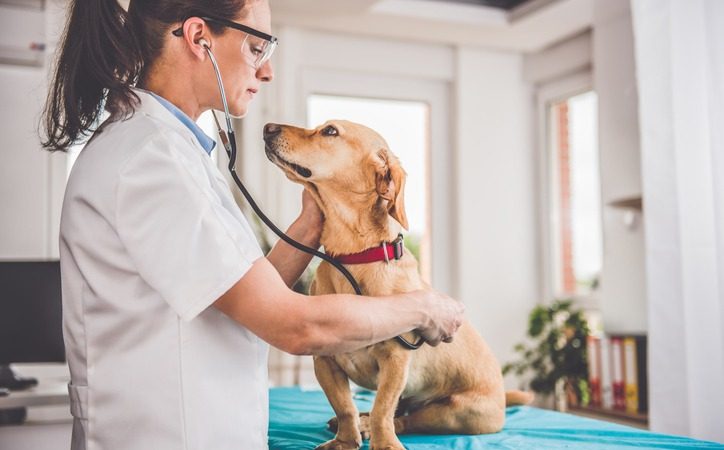Imagine you’re at the park, and your dog is off its leash, happily exploring. Suddenly, it picks up a scent and wants to run. But when you call out, your pet stops turns and joyfully runs back to you. Every dog owner dreams of this: letting their dog have fun yet still listening to their call. This is why teaching your dog to come back when called, also known as recall, is so important. It’s essential for your dog’s safety and your comfort. Let’s begin the journey to train your dog in this crucial skill. Time to start the lessons.
Steps for Effective Recall Training
Begin with Basic Obedience
First things first, your dog needs to have a grasp of basic obedience commands like “sit,” “stay,” and “come.” These foundational commands are crucial building blocks for recall training. Consistency and patience are key. Arm yourself with plenty of treats, and start in a distraction-free environment. As your dog improves, gradually introduce new distractions to challenge their focus.
Choose a Distinct Recall Cue
Next, pick a unique recall cue that won’t be confused with everyday chatter. The classic “come” works, but feel free to get creative. Something like “here” or “return” could do the trick too. Make sure it’s a word you’re comfortable using in public places because you’ll use it often.
Reward, Reward, and Reward Again
When your dog successfully responds to your recall cue, it should feel like they’ve just hit the jackpot. A shower of treats, praise, or playtime should follow. Positive reinforcement is incredibly effective. The idea is to create a positive association with the recall cue, making your dog eager to respond whenever they hear it.
Build Distractions Gradually
As your dog gets the hang of coming when called at home or in a familiar, quiet setting, it’s time to up the ante. Introduce new environments and distractions slowly. Maybe start with a semi-busy street or a park with a few other dogs. It’s like leveling up in a game – increasing difficulty as they become more skilled.
Practice Makes Perfect
Consistency is your best friend when it comes to reliable recall. Practice recall every day, several times a day. Vary your environment to help your dog generalize the skill. The goal is to make recalling a well-ingrained habit.
Never Punish a Returning Dog
Your dog must never associate coming to you with negative consequences. Even if they take their sweet time responding to your cue or they’ve gotten themselves into mischief, avoid scolding them when they come back. If they fear punishment, they may hesitate or not return the next time.
Long Distance Recall
Teach your dog to respond over longer distances to further cement recall training. This is especially important for those off-leash adventures in wide-open spaces. Start with a short distance and gradually increase it as your dog gets more reliable. Using a long line leash at first can help maintain control during this process.
Emergency Recall
In addition to the regular recall cue, having an emergency recall word is a great idea. This should be a word you use only in emergencies and paired with high-value rewards so that your dog learns this cue means immediate and rapid response is non-negotiable. It’s a good safety net for any unforeseen situations.
Implementing Recall Training in Everyday Life
Now that we’ve got the steps down, how do we bring this into our daily interactions with our dog? Well, it’s about seizing those everyday moments to practice recall. When you’re on a walk and there’s a safe, enclosed area, let your dog off the leash and practice calling them back to you. Over time, this becomes second nature to your dog.
You can also look into dog recall training on Long Island or wherever you’re based. This will give you access to professional trainers and their expertise. They can help troubleshoot any issues and provide guidance tailored to your dog’s unique personality and needs.
Involve the Whole Family
Make sure everyone in your household is on board with the recall training. Consistency across all members ensures your dog doesn’t get mixed signals. It’s also a great way for the whole family to bond with the dog.
Recall Games
Training should be fun for you and your dog. Incorporate games like hide and seek, where you call your dog from different hiding spots. This not only makes recall practice enjoyable but also strengthens your bond.
When You Might Need Extra Help
Some dogs can be more stubborn or easily distracted than others. If your dog isn’t responding to your efforts, it might be time to consider enlisting external help. Many fantastic puppy training services offer personalized programs and can work with you to establish a dependable recall. Getting professional help can sometimes make all the difference between a semi-responsive dog and one who comes when called without fail.
Exploring Advanced Training Methods
If traditional training methods aren’t cutting it, or if you’re simply a fan of exploring different approaches, the NePoPo training method Long Island is among the advanced techniques out there. This method incorporates both positive and negative reinforcement in a precisely controlled manner, promising effective and reliable recall. It’s imperative to work with a certified trainer if you’re interested in such advanced training methods to ensure they’re implemented correctly.
Final Thoughts
Reliable dog recall is achievable with consistency, patience, and positive reinforcement. Begin with basic obedience, choose a specific cue, reward successful returns, introduce distractions slowly, practice regularly, never punish on return, and build up to long-distance and emergency recalls. Involve your family, make training fun with games, and don’t be afraid to look for professional help if needed. Explore various training methods to find what works best for you and your dog. With this approach, you’ll be on the road to having a well-trained pup that comes back to you every single time.






